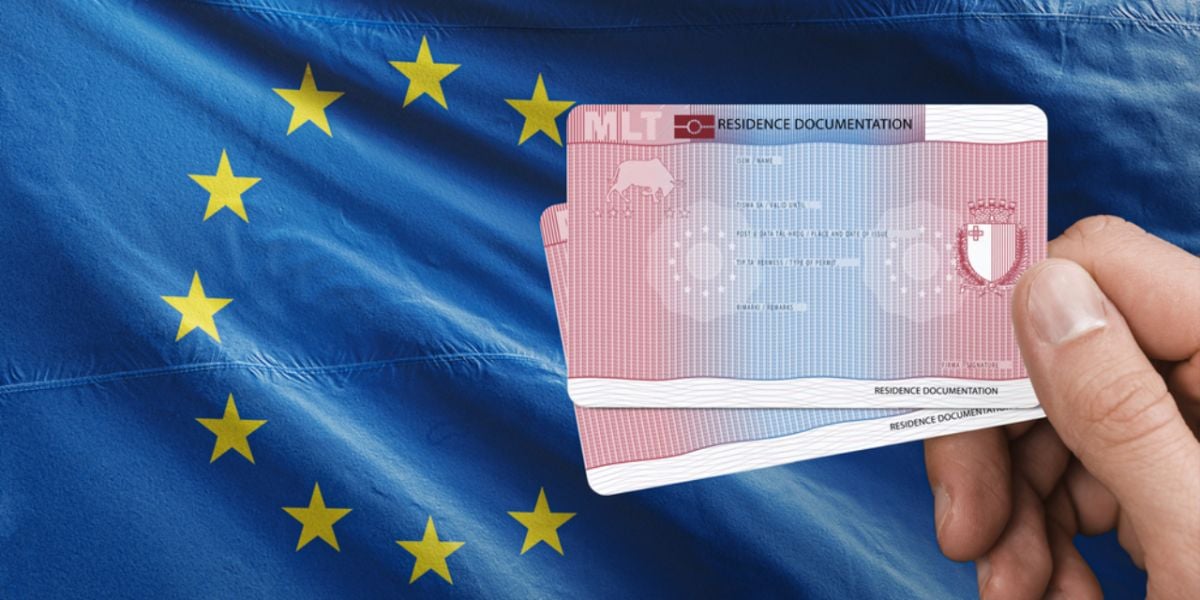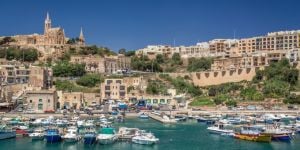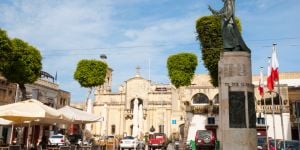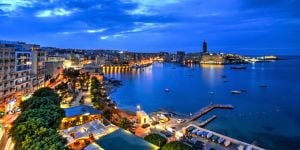
If you are planning to move to Malta, you must apply for an electronic residence card issued by Identità in Msida. Regardless of your nationality, an application is required for any stay exceeding 90 days in Maltese territory. This article outlines the application process in detail.

The different types of eResidence cards in Malta
The application processes and forms are completely different for EU/EEA nationals and third-country nationals. Moreover, the process is determined by the applicant's financial situation, while the forms vary according to their professional, family, educational, and financial status.
Visit the Identity Malta website to find out all the current requirements for eResidence card application forms.
EU nationals can submit the following CEA forms:
- Economic self-sufficiency - Form J;
- Employment/self-employment - Form A;
- Family members - Forms F.01 and F.02;
- Permanent residence - Form P;
- Studies - Form M;
- Exemption status – Forms E.01 and E.02.
Non-EU nationals can present CEA forms from this list:
- Blue card - Form B;
- Economic self-sufficiency - Form K;
- Employment/self-employment - Form C;
- Family members - Form G;
- International protection - Form I;
- Long-term residents - Form L;
- Students - Form N;
- Temporary - Form O (for partner, religious, posted worker, working holiday, humanitarian reasons, health, retiree, temporary, parent of a Maltese national, volunteer, child of a Maltese national, internship).
Where to submit the eResidence card application in Malta
All eResidence card applications are submitted to the Identity Malta office, Triq Il-Wied Ta' L-Imsida, L-Imsida, Malta (Valley Road, Msida). To get there, you can take one of these buses: 41, 43, 44, 45, 46, 48, 49, 50, 54, 56, 280, and get off at the "Pont" bus stop.
EU/EEA nationals and third-country nationals must go through different entrances. Make sure to go to the correct office, knowing that the one dedicated to EU nationals is located on the right side of the building.
All required supporting documents are specified for each category of application form. Be sure to include all required forms, including certified English translations if necessary, and the original documents as requested.
There is no application fee for EU nationals or their family members. Third-country nationals, however, must pay the application fees corresponding to the type of application submitted.
Third-country nationals coming to work in Malta can also apply for a single permit. Simply follow the instructions related to the appropriate work and residence category, as indicated on the Identity Malta website.
Check our article "Residence and work permits in Malta" for more information on the single permit.
Benefits of the eResidence card
The eResidence card allows you to obtain local discounts, such as on bus fares (which are free for holders of a personalized card!) and certain public services, but it also facilitates certain procedures, such as opening a bank account in Malta or even renting accommodation and obtaining property insurance.
Useful links:
We do our best to provide accurate and up to date information. However, if you have noticed any inaccuracies in this article, please let us know in the comments section below.








